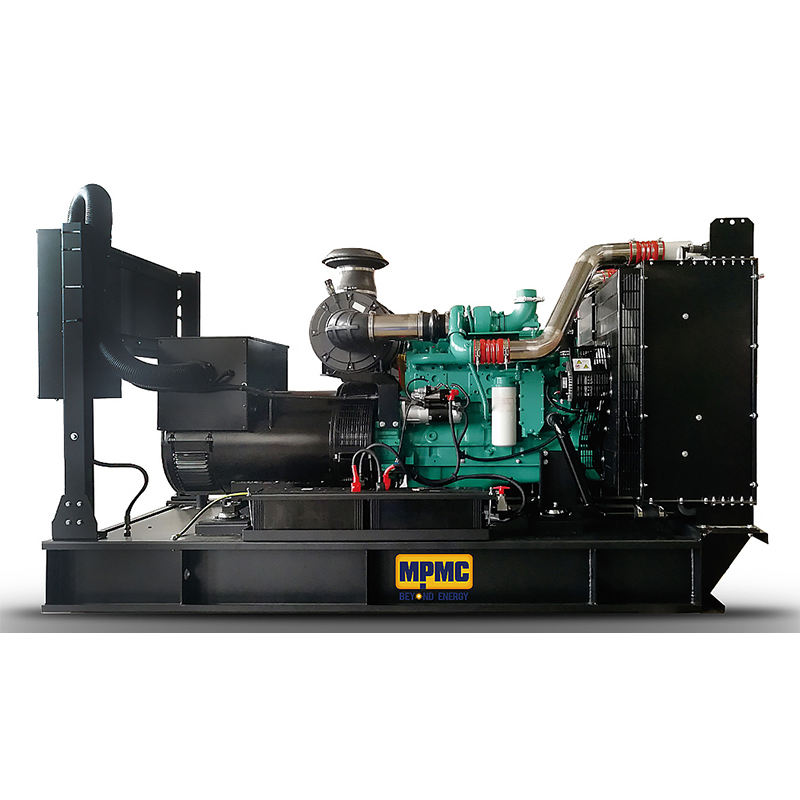The Great Divide: Altitude and Its Impact
When it comes to generator sets, altitude plays a crucial role in determining performance. High altitude areas, typically defined as 3,000 feet and above, pose unique challenges for generator operations. The primary reason is the decreased air density, which affects the engine's ability to draw in air and produce power.
Air Density and Power Output
At high altitudes, the air is less dense due to lower atmospheric pressure. This reduced density means that the engine takes in less oxygen per combustion cycle compared to sea level operations. Consequently, the engine produces less power output, as it relies on a proper air-fuel mixture for efficient combustion.
High Altitude Generators: Built for the Challenge
High altitude generator sets are specifically designed to tackle the challenges posed by reduced air density. They often come equipped with advanced features, such as turbochargers and superchargers, to increase the amount of air drawn into the engine and maintain optimal power output.
Turbochargers and Superchargers
Turbochargers and superchargers are forced induction systems that help compensate for the reduced air density at high altitudes. By compressing the incoming air, these systems increase the oxygen content available for combustion, allowing the engine to produce more power.
Sea Level Generators: Optimal Performance at Lower Altitudes
Sea level generator sets are engineered to perform at their best in environments below 3,000 feet. These generators typically do not require forced induction systems, as the air density is sufficient for efficient combustion.
Air-Fuel Mixture Adjustments
To ensure optimal performance, sea level generators may require adjustments to the air-fuel mixture when operating at slightly higher altitudes. This adjustment helps maintain the proper balance between air and fuel, ensuring efficient combustion and minimizing emissions.
Practical Applications: Choosing the Right Generator Set
When selecting a generator set for a specific location, consider the following factors:
- Altitude: Assess the operating altitude and choose a generator set designed for that environment.
- Power requirements: Determine the necessary power output based on the intended application and select a generator set capable of meeting those demands.
- Climate: Consider the local climate, as extreme temperatures can affect generator performance.
Interactive Questions
1. Have you ever experienced reduced power output from a generator set at high altitude? How did you address the issue?
2. In your experience, what are the most important factors to consider when selecting a generator set for a specific location?
Conclusion: Optimizing Generator Performance at Any Altitude
Understanding the differences between high altitude and sea level generator sets is crucial for selecting the right equipment and optimizing performance. By considering factors such as altitude, power requirements, and climate, you can ensure reliable and efficient power generation in any environment.





